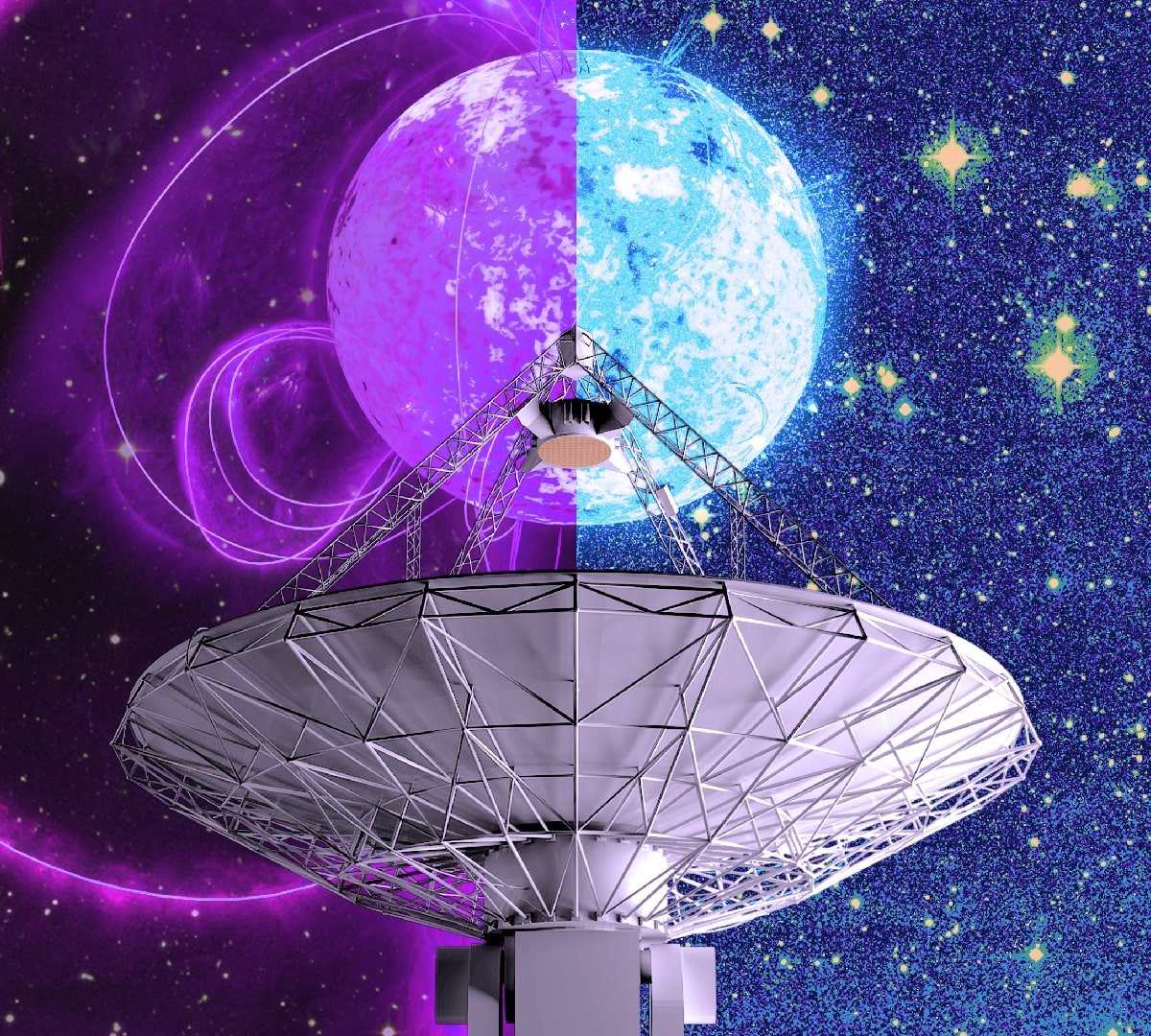An international team of researchers has identified a neutron star that has set a new record with its extremely slow rotation, according to a new study published in the scientific journal Nature Astronomy. Typically, these cosmic objects spin so fast that they can complete one rotation in just a few seconds.
A team of scientists from the University of Sydney, Australia, and the University of Manchester, UK, discovered that the mysterious star emits radio signals every 54 minutes. To date, astronomers have observed more than three thousand stars of the same category in the universe, but this is the first time they have detected such a slow version.
Neutron stars are the cosmic remnants of a collapsed star and therefore tend to rotate rapidly on their axis; In some cases, a full rotation can take less than a second. According to the study researchers, the results will be of great value in providing new approaches to the life cycle of stellar objects.
“We are used to extremes when studying radio-emitting neutron stars, but the discovery of a compact star that rotates so slowly and still emits radio waves was unexpected. Ben Stappers, professor of astrophysics at the University of Manchester, said in an official statement. “It shows that it will reveal compelling surprises,” he said.
Slowest neutron star record
Data suggests the cosmic object must be a neutron star, but Scientists did not rule out the possibility that this was a white dwarf with an extremely strong magnetic field.
The article points out that the radio signal travels approximately 16 thousand light years to reach the Earth. In any case, scientists emphasize that more work needs to be done to confirm the nature of the object.
For Manisha Caleb, lead author of the study: The most interesting thing about the discovery is that the object has three radio wave emission states. So if the researchers didn’t use such powerful detection tools, they would probably think there were three emissions from different objects.
“This discovery relied on combining the complementary capabilities of the ASKAP and MeerKAT telescopes, as well as the ability to search for these objects on time scales of minutes while examining how their emissions vary from second to second! These synergies allow us to shed new light on how these compact objects evolve,” said University of Oxford astronomer Dr. . Kaustubh Rajwade.
Did you like the content? Stay up to date with more news about science and find TecMundo here. If you wish, take the opportunity to understand how astronomers detected 8 billion-year-old ancient radio waves in a cosmic explosion. To the next one!
Source: Tec Mundo
I’m Blaine Morgan, an experienced journalist and writer with over 8 years of experience in the tech industry. My expertise lies in writing about technology news and trends, covering everything from cutting-edge gadgets to emerging software developments. I’ve written for several leading publications including Gadget Onus where I am an author.













